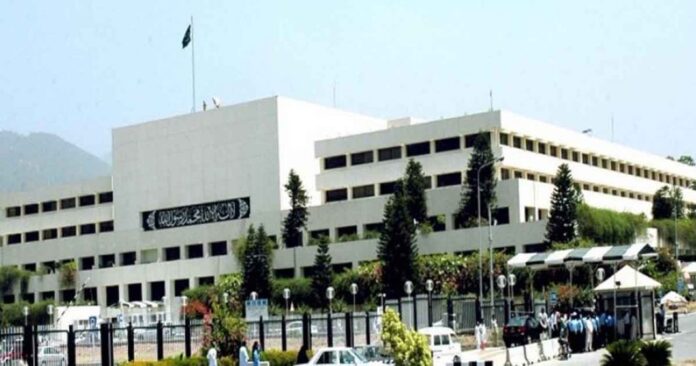In monarchies or dictatorships, the state generally employs a large portion of the employable population and periodically gives them different incentives. For example, in Saudi Arabia, 66 percent of the total employed are somehow connected to public sector organizations. This social contract between state and public sector employees provides inevitable control over administration while regular increment and incentives ensure the grip of the state in the absence of any democratic framework. These lucrative job additions through public enterprises help to accommodate a big chunk of the employable population who otherwise would be difficult to be adjusted in a skilled driven and competitive private sector.
In developing countries, in the absence of any moneymaking natural resources like oil and gas, the economy experiences substantial bottlenecks to provide necessary social security to people. The reason lies in the drain of fiscal resources to finance the public enterprise, salary bills or to provide subsidies in the areas where public enterprises mismanagement result in high prices of utilities like electricity. Economist Janos Kornai’s concept of “Soft Budget Constraints’ ‘ sheds light on the paternalistic behaviour of the government that leads to the emergence of fiscal cost without corresponding benefits.
Pakistan has been a very interesting case; frequent army takeovers and weak democracy resulted in the less efficient more complex public institutions filled with low skilled, well paid workforce that has now become a burden to the debilitated economy.
Since the last two decades, experts and international organizations including IMF, World Bank have been warning the government about the rising pension and salary bills. However, in the past every government already had enough it’s plate to deal with so at the expense of taxpayer’s money, the situation was left to be dealt with by the next government.
It has become so common that any debate against it is considered an injustice and animosity against the working class.
PIA, Steel Mills, Railways all have become white elephants. The bills of salaries and pensions make the economic makers in turmoil every year while proposing a budget or during negotiations with the IMF.
Official figures by the Punjab government show that in 2019-20, Punjab government spent 18.9 % (Rs 244.9 fillion) of the total expenditures on the pension of its former employees and 26 % (Rs 337.6 billion) of the total expenditures was spent on the salaries.
A recent World Bank report, “Pakistan Assessment of Civil Service Pension” prepared on the request of federal and provincial finance ministries of Sindh and Punjab, using the actuarial projections estimates that by 2023 pension bill is set to overtake wages in Punjab while in Sindh this would happen in 2028.
Since assuming power, some major policy decisions have been taken by the PTI government including changing the management of PIA to prepare it for privatization, laying off the staff of steel mills and avoiding the regular yearly increment in the 2020-21 budget. However, recent protests by Federal government employees in Islamabad ended with a deal of 25 % increase to the adhoc allowance for BPS 1-19 which will cause 40 billion rupees to the federal budget and economists have already alarmed that this raise will further affect the coming round of negotiations with the IMF and might result in more taxes.
The culture of granting allowances is very discriminatory and vague, it makes no sense to increase the salaries of civil secretariat/CM secretariat employees just because they have easy access to Chief Secretary or the Chief Minister. Without a skill set and without taking into account the annual output of the department, this allowance sanction powers need immediate revisions.
A pension and pay commission has already been working under the former bureaucrat Nargis Sethi and according to the Prime Minister’s special assistant on reforms, Dr Ishrat Hussain, the commission would present recommendations for pension reform from pay as you go to defined contribution and creation of pension funds. In future this will help the government to reduce the fiscal pressure and would also help in the capital market.
In the past, many solutions have been suggested including limiting the indexation of benefit or increasing the minimum serving age rather than 25 years for pension eligibility or limiting the pension to widow of deceased pensioner rather than windowed daughter and younger son etc.
However, there is a policy solution which is to grant powers of pension and salary related decisions to BODs of every public sector enterprise to create their own salary and pension formula under the guidelines set by the government. The concept is to dissolve the issue to departmental level. If a department performs well and they have finances to invest then it can set the pension rate and salaries according to its own financial capacity.
Rather than emotionality, the matter requies practical analysis and policy solutions. Whatever the solution may be, it will irk some stakeholders and if any government either this one or the next does not want to take the hit, this financial burden will remain costing billions to taxpayers especially in a country where the tax system is dependent on indirect tax collection rather than a clear mechanism of direct taxes.























